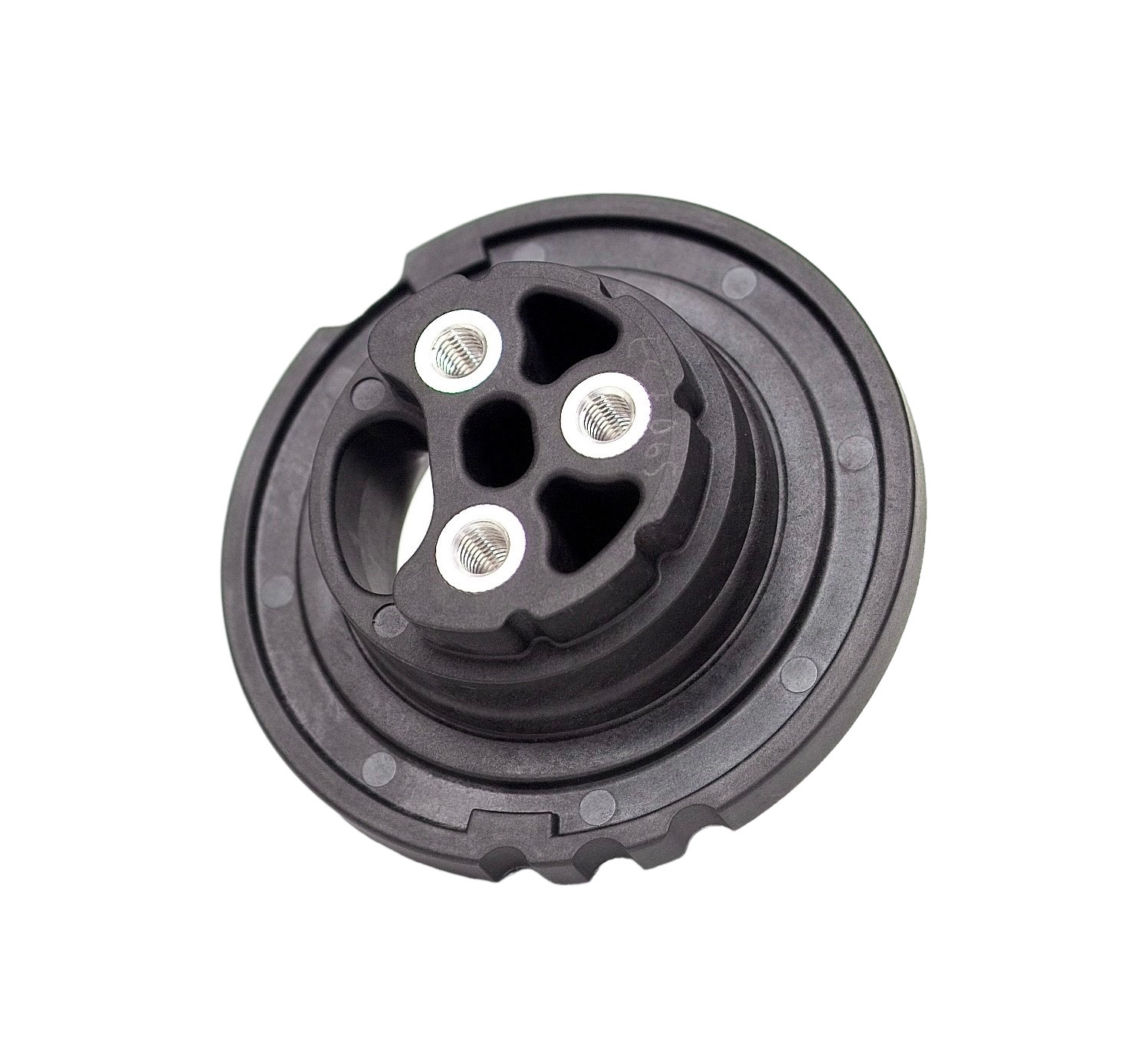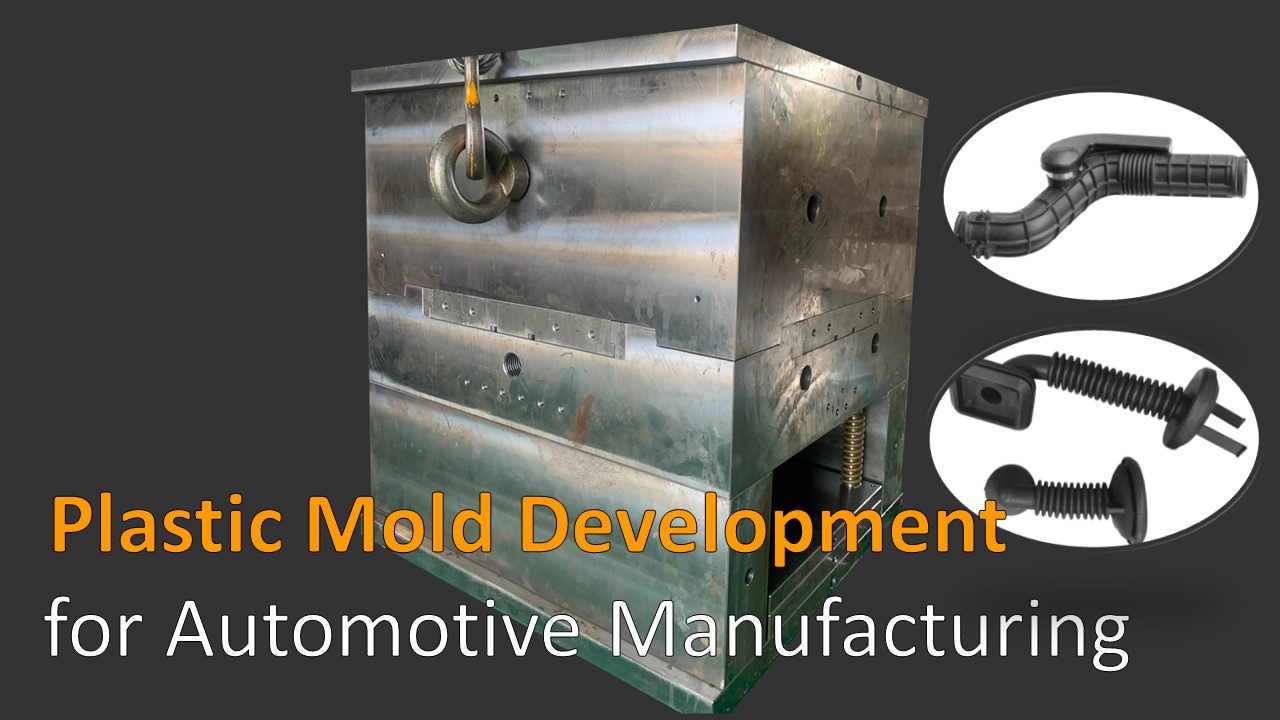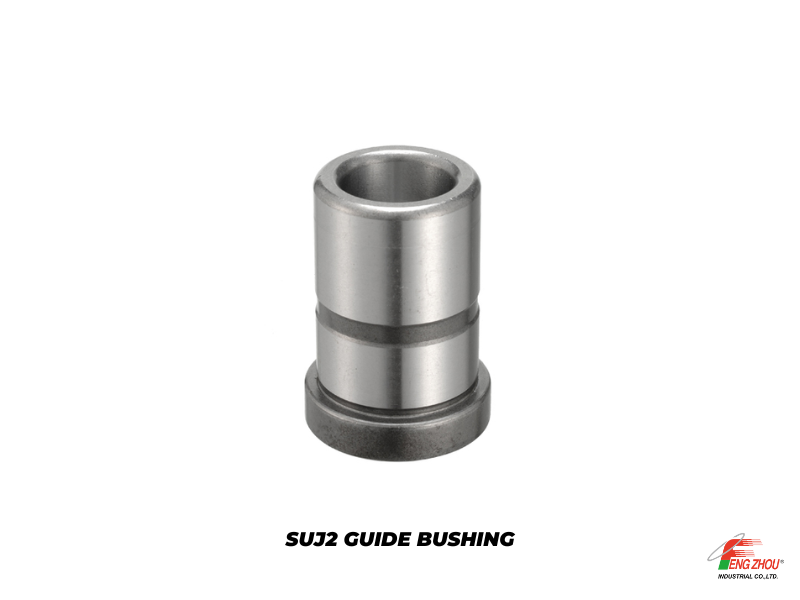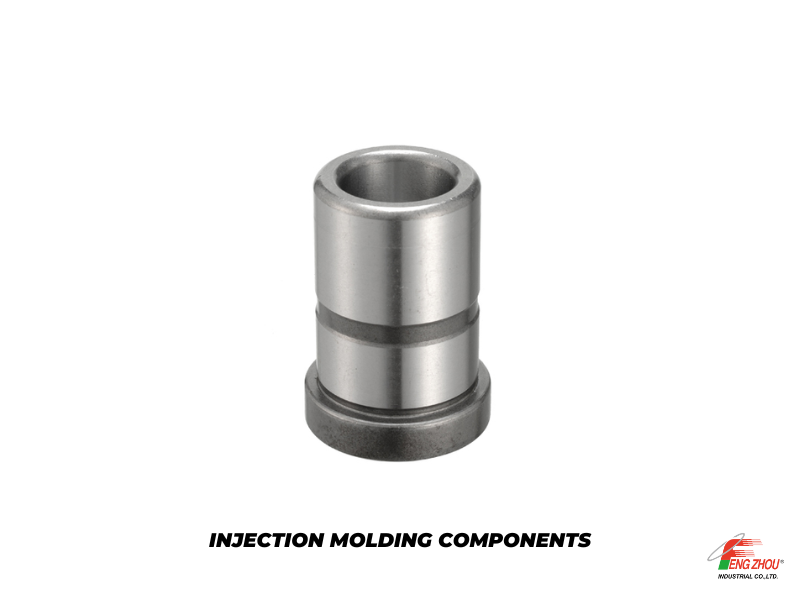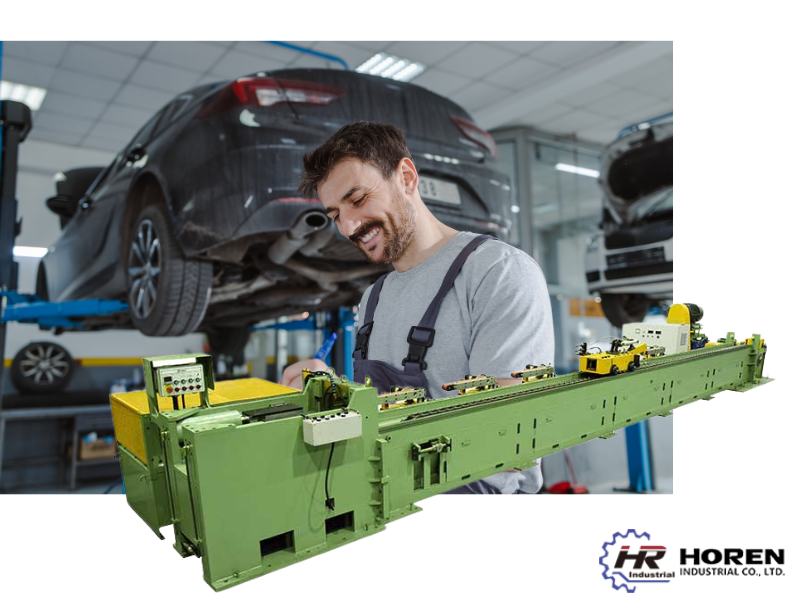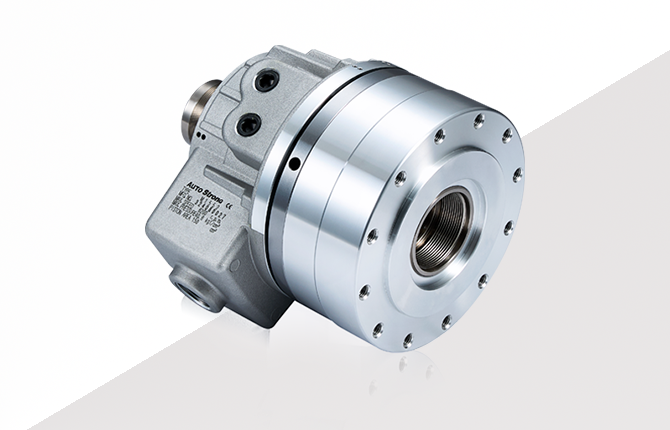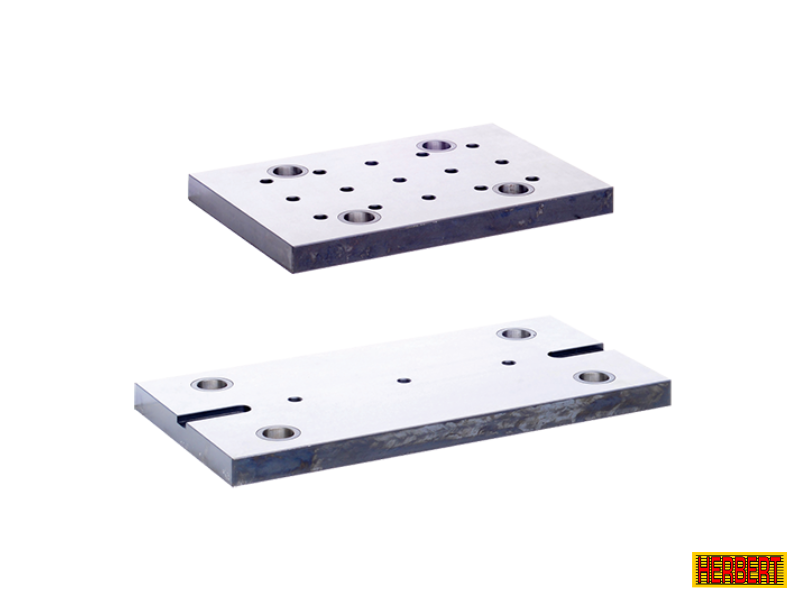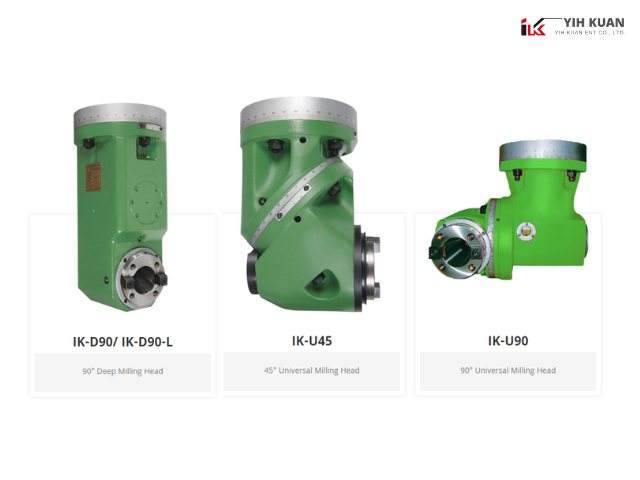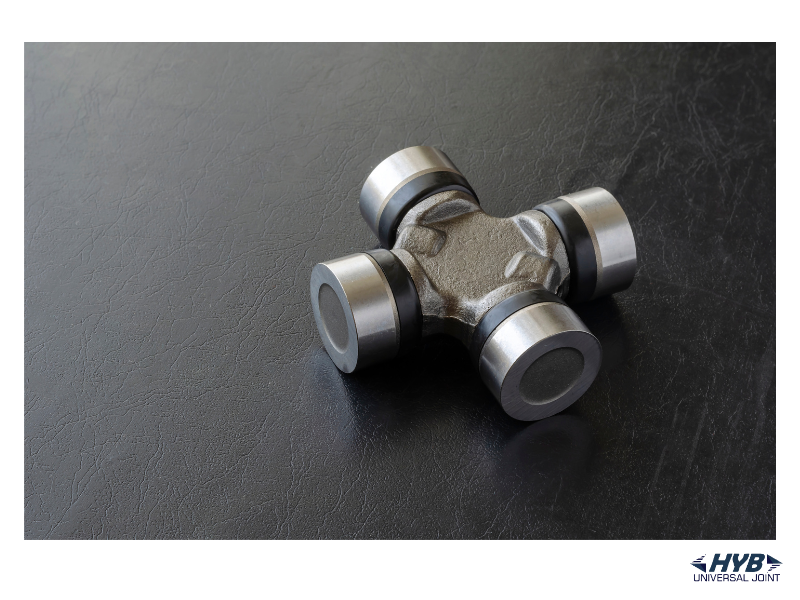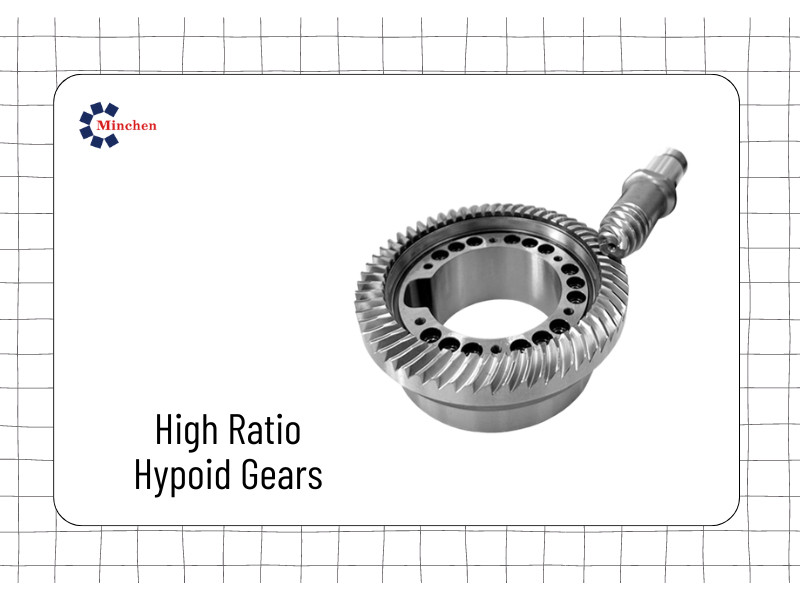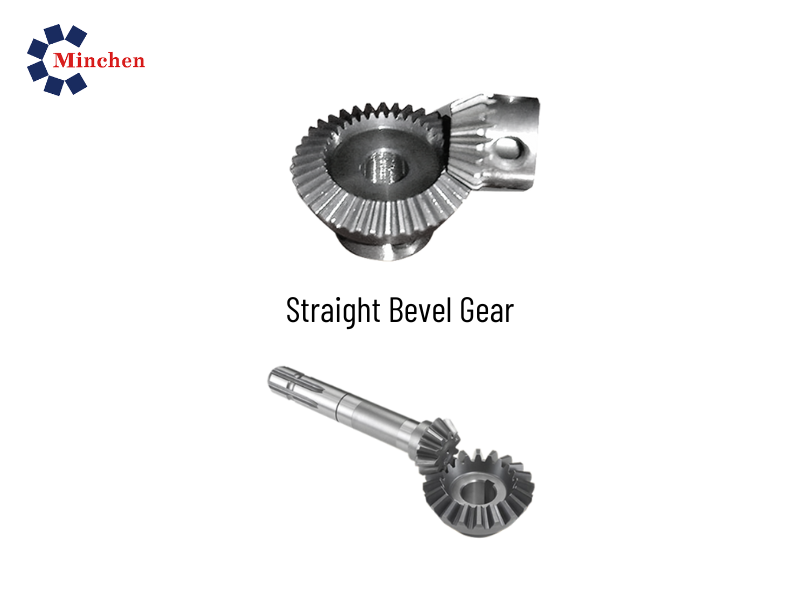Steering Shaft vs. Drive Shaft
2023-10-20Machinery
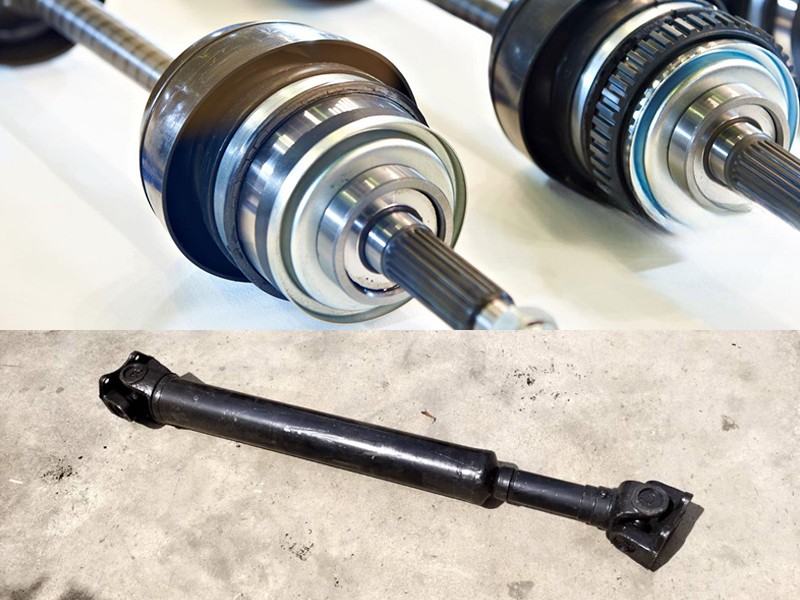
Introduction:
In the intricate world of automotive engineering, precision and functionality are paramount. Two crucial components, the steering shaft and the drive shaft, play distinct roles in ensuring the seamless operation of vehicles. As an esteemed company in the field, SHIUH JI CO., LTD., understands the significance of these components. In this article, we'll delve into the differences between steering shafts and drive shafts, shedding light on their unique functions and contributions to the automotive landscape.
Steering Shaft: Directing the Path
Key points about the steering shaft include:
- Function: The primary role of the steering shaft is to transfer the rotational motion from the steering wheel to the steering gear or rack. This motion translates into the steering movement of the wheels.
- Connection to Steering Wheel: The steering shaft is directly linked to the steering wheel. As the driver turns the wheel, the steering shaft relays this action to the rest of the steering mechanism.
- Component Complexity: The steering shaft often incorporates safety features, such as collapsible designs, to mitigate the impact of collisions and protect the driver.
At its core, the steering shaft is responsible for transmitting the rotational motion initiated by the driver's steering wheel input to the steering gear or rack. This transformation of motion allows the wheels to turn accordingly, dictating the vehicle's direction.
Here's how it works:
- Steering Wheel Input: As you turn the steering wheel, the movement is transferred to the upper end of the steering shaft. This input initiates the rotation within the shaft.
- Intermediate Shaft: The steering shaft consists of an intermediate shaft, which contains splined connections. These splines allow the shaft to slide and adapt to various angles while maintaining a secure link to the steering wheel.
- Steering Gear/Rack Connection: The lower end of the steering shaft is connected to the steering gear or rack. As the steering shaft rotates due to your input, this motion is translated into lateral movement of the steering gear or rack.
- Tie Rods and Wheels: The lateral movement of the steering gear or rack activates the tie rods, which ultimately turn the front wheels. This coordinated movement determines the direction in which the vehicle steers.
Drive Shaft: Powering the Wheels
The drive shaft, on the other hand, is an integral component in the powertrain system that delivers torque from the engine or transmission to the wheels. Consider these key aspects of the drive shaft:
- Function: The drive shaft's primary function is to transmit the rotational force (torque) from the engine or transmission to the wheels, propelling the vehicle forward.
- Connection to Powertrain: The drive shaft is connected to the transmission at one end and to the differential or axle at the other end. It bridges the gap between these components, ensuring efficient torque transfer.
- Flexibility and Alignment: Drive shafts are designed with flexibility to accommodate changes in angles and suspension movement. Universal joints are commonly used to allow for movement without disrupting power transmission.
Different Types of Drive Shafts Available
Different applications and vehicle configurations call for various types of drive shafts. Here's an overview of the different types of drive shafts available:
- One-Piece Drive Shaft:
This is the most common type of drive shaft, often used in rear-wheel-drive (RWD) vehicles and some all-wheel-drive (AWD) configurations.
It consists of a single, solid shaft connecting the transmission to the rear axle.
One-piece drive shafts are relatively straightforward and are known for their durability and simplicity.
- Two-Piece Drive Shaft:
Two-piece drive shafts are typically used in vehicles with longer wheelbases or where the distance between the transmission and rear axle is greater.
They consist of two shorter shafts connected by a center bearing or support.
The center bearing helps reduce vibrations and supports the longer length of the shaft.
- Slip Yoke Drive Shaft:
Commonly found in trucks, SUVs, and off-road vehicles, slip yoke drive shafts are designed to accommodate suspension travel.
They use a slip yoke at the transmission end, allowing the shaft to extend or compress as the suspension moves.
This design prevents binding and damage to the drive shaft during suspension articulation.
Constant Velocity (CV) Drive Shaft:
CV drive shafts are used in front-wheel-drive (FWD) vehicles and some AWD systems.
They utilize constant velocity joints to transmit torque smoothly even at varying angles.
CV joints minimize vibrations and provide flexibility in power transmission.
- Carbon Fiber Drive Shaft:
Carbon fiber drive shafts are a lightweight alternative to traditional metal shafts.
They are commonly used in performance-oriented vehicles to reduce rotational mass, enhancing acceleration and handling.
Carbon fiber drive shafts are known for their high strength-to-weight ratio.
- Aluminum Drive Shaft:
Aluminum drive shafts are lighter than steel shafts and are often used to reduce overall vehicle weight and improve fuel efficiency.
They are used in a variety of applications, from performance vehicles to trucks.
- Composite Drive Shaft:
Composite drive shafts combine various materials for optimized performance.
These shafts can be tailored to specific application requirements, balancing factors like weight, strength, and cost.
- Custom Drive Shafts:
In some cases, custom drive shafts are designed to meet specific vehicle configurations or performance demands.
These drive shafts are engineered to fit unique requirements, ensuring optimal power transmission.
Distinguishing Factors:
The primary differences between the steering shaft and the drive shaft lie in their functions and connections:
- Function: Steering shafts focus on translating the driver's input into steering wheel movement, guiding the vehicle's direction. Drive shafts, however, concentrate on transmitting power to the wheels for movement.
- Connection Points: The steering shaft directly connects to the steering wheel, while the drive shaft links the transmission/engine to the wheels.
Conclusion:
As an esteemed company in the industry, SHIUH JI CO., LTD. understands the intricate details that differentiate components like the steering shaft and the drive shaft. These components, although often unnoticed by drivers, are indispensable in ensuring safe and efficient vehicle operation. By recognizing the unique functions of these shafts, we gain a deeper appreciation for the harmonious collaboration of parts that propel us forward on the road.
